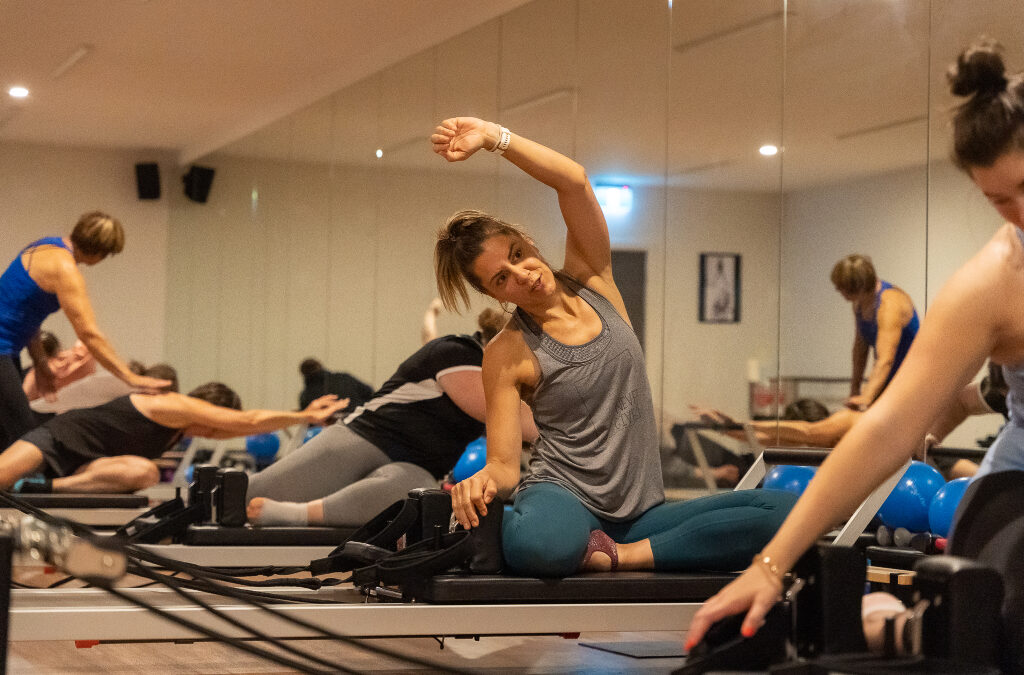A cool down is an essential part of your workout. It can last for 3–10 minutes and includes stretches or gentle variations of the movements you did during your workout. Before you head off for a well-deserved shower and drink, take some time to cool-down. Let your blood pressure and breathing rate return to their normal rhythm and stretch your body out. This gives your muscles a chance to relax and prevents your blood pressure from dropping too rapidly, which can happen if your blood can pool in your extremities.
Here are some other important Benefits of cooling down:
- Slows Breathing
When your heart rate increases with exercise, your breathing becomes deeper as well. This is a sign that you are working hard and burning more calories with exercise. A cool down allows your breath to gradually return to the same rhythm it had before you started your workout.
- It helps your hear rate and breathing to return towards resting levels gradually.
Most forms of exercise cause your heart rate to increase. Cardiovascular exercise, also called aerobic exercise, can increase your heart rate substantially.
- Improves Relaxation
One of the most important benefits of exercise is improved confidence. Your cool down is a great opportunity for you to reflect on your accomplishment and give yourself credit for the hard work you did during the workout. This can promote a sense of relaxation and well-being and boost your motivation.
- Prevent Injuries
Much like warming up, cooling down after exercise has huge benefits in preventing injuries, such as muscle tears and strains. After your muscles have worked as hard as they have, they need to be stretched out while they are still warm. What this achieves in practice is elongating your muscle fibers, as they’ve been under strain during the workout.
- It increases your flexibility.
The best time to work on your flexibility is when your body is fully warm and you’re breaking a sweat. But instead of hopping off the treadmill and going directly into a toe touch, experts suggest doing some dynamic stretches first. This can decrease your risk of injury, relieve back pain, and improve athletic performance.

